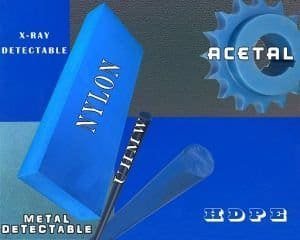
Blue Metal Detectable Plastic Helps Reduce Food Recalls
Food Recalls On The Rise?
During the last year, the number and size of food recalls has been staggering. With several major food processors, specifically in the poultry market, recalling massive amounts of product due to contamination, perhaps a change in material is in order, simply changing to a Metal or X-ray detectable plastic material may end recalls for contamination. The cost to change to a metal detectable plastic or x-ray detectable plastic is extremely small in comparison to the cost of these recalls.
What is a detectable Plastic
There are numerous quality high performance plastic materials that are available in Blue, X-ray and Metal detectable versions. These materials are designed with food safety in mind. These materials can assist the food industry and the food processing supply chain in keeping our foods safe. Identifying contaminates in the processing of foods can be made significantly easier with these detectable materials. Food safety should be the priority within the food processing industry. By changing to metal detectable plastic and X-ray detectable plastics, this can become a reality.
Metal Detectable Plastic and X-Ray Detectable Plastics
Here is a recent Press Release detailing the recalls and a rather straight forward and easy solution using detectable plastic.
(Newswire.net — October 10, 2016) Anaheim, CA – Can ‘Blue’ fix food recalls? –The year 2016 has seen some staggering food recalls by large food processors. Massive recalls of chicken specifically seem to have happened multiple times. The part that is the most amazing is that the root cause of many of these kinds of recalls is preventable. The specific recalls listed below are all for possible plastic contamination in the food product.
These large food processors should be aware of some simple steps that can totally eliminate these kinds of contaminates from getting into their food products.![]()
Penny Wise, Pound Foolish
Keeping Food Processing Safe
While using FDA approved plastic materials for conveyor parts and moving components is a standard practice in most food processing plants, many processors use the cheapest available approved materials. This means that many producers are using a natural (white) HDPE, Acetal or other white approved plastic material. While it is safe to use these plastics, occasionally one of these parts gets jammed, breaks or wears to the point where parts can crack and pieces can get into the food processing line.
It Is Plain To See
The first easy step would be to use the same quality FDA approved material, but to buy the Blue metal detectable plastic version of the same approved material. This minor color change in the material makes any contaminates very easy to see with the naked eye. Since there are no food products in these bright blue colors, as long as there are employees looking at the food line, these broken pieces are easy to detect.
I Can See You
Speaking of detect, the big step up for detection of contaminates is to use a FDA approved plastic that is detectable by the X-ray or metal detection equipment already installed in these food processing lines. While these ‘metal detectable plastics’ cost more, they certainly cost less than one recent 4.5 million pound poultry recall.
The goal here is not to point the finger or call any company a ‘bad processor’, but rather to encourage these great food processors to use the ‘best practice’ types of materials to eliminate these monster food recalls.
In September 2016, Tyson Foods recalled 130,000 pounds of chicken nuggets for foreign materials in the product.
https://www.cnn.com/2016/09/27/health/tyson-chicken-nugget-plastic-recall/
“According to Tyson Foods, the plastic material ranged in size from 21mm in length and 6.5mm in diameter and may have come from a round, hard plastic rod used to connect a plastic transfer belt. The firm said the products pass through a metal detector, but the plastic is not detectable to this technology,” the USDA recall announcement said.
Have You Considered Detectable Blue?
Perhaps they could consider using a metal detectable plastic that is detectable by a standard metal detector. Industrial Plastic Supply has supplied this FDA approved Metal Detectable UHMW rod since early 2010. Currently, there are several FDA approved materials that are available in Blue; UHMW, Acetal, Nylon, Polyester and now PEEK. Some of these materials are also available in a ‘triple detection’ version, where it is detectable because of the vivid Blue color, and it is also Metal detectable and X-Ray detectable. One of these new versions is the Ultra-Detectable Polyester rod made by Ensinger® Plastics called Hydex® 4101 UD Blue (FDA Grade Polyester).
–In April and May of 2016, Pilgrim’s Pride had a recall totaling 5,550,904 pounds (yes 5.5 million pounds) of poultry do to possible foreign matter contamination.
https://www.fsis.usda.gov/wps/portal/fsis/topics/recalls-and-public-health-alerts/recall-case-archive/archive/2016/recall-027-2016-release-exp3
What is the cost of these huge food recalls?
The cost is staggering. To recall this quantity of food takes a small army of people to identify the possibly contaminated batches of food. Then notification is spread to all the possible distribution and wholesalers. The USDA is normally notified as one more step to notify the public.
Simple method to protect the safety of our food chain using detectable plastic materials
What is the cost to change to a more metal detectable plastic?
This depends on the type of plastic, and the detection method.
Let’s assume that the currently used material is an FDA approved grade of 1″ diameter Natural Acetal rod (a popular performance plastic used in food processing). And let’s assume this material would sell for approximately $2.00 – $2.50 per linear foot.
Changing to a Bright Blue FDA approved grade of Acetal Rod would cost about $3.50 – $4.00 per foot.
Upgrading to a Metal and X-ray detectable plastic that is FDA grade and Blue Acetal plastic rod would cost in the range of $8.25 – $9.00 per foot.
A recall of 100,000 pounds of poultry is, of course, significantly more expensive than upgrading the plastic materials in the food processing plant. Consider the upgrade an inexpensive insurance policy against these kinds of monster recalls, with a simple change to metal detectable plastic materials.
Metal Detectable Plastic and X-Ray Detectable Plastics Actually Saves Money
Reference Articles:
Tyson Recalls
Oct 15, 2016 – 1,148 pounds:
https://www.fsis.usda.gov/wps/portal/fsis/topics/recalls-and-public-health-alerts/recall-case-archive/archive/2016/recall-096-2016-release
Sept 27, 2016 – 130,000 pounds:
https://www.cnn.com/2016/09/27/health/tyson-chicken-nugget-plastic-recall/
Pilgrim’s Pride
May 13, 2016 – 5,550,904 pounds: https://www.fsis.usda.gov/wps/portal/fsis/topics/recalls-and-public-health-alerts/recall-case-archive/archive/2016/recall-027-2016-release-exp3
Michigan Turkey Producers
Oct 15, 2016 – 54,011 pounds:
https://www.fsis.usda.gov/wps/portal/fsis/topics/recalls-and-public-health-alerts/recall-case-archive/archive/2016/recall-097-2016-release
ThomasNet
625 Food Recalls in 2018 – Over 125 million pounds discarded:
https://www.thomasnet.com/insights/how-can-food-industry-improve-food-processing-purity/
Press Release Source: Massive Food Recalls For Contamination Making You Blue
Contact us for more information on these Metal Detectable Plastic and X-Ray detectable plastic products. Blue Sheet and Rod are available in Acetal, Delrin®, Nylon, PBT – Polyester, and more. The special ‘triple detectable’ grades are currently produced in Acetal (Tecaform® UD Blue) and PBT – Polyester (Hydex® 4101 UD Blue). More materials are in final stages of development. Contact us for your special requirements.
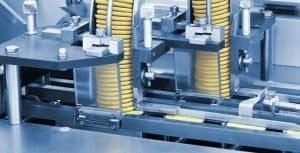
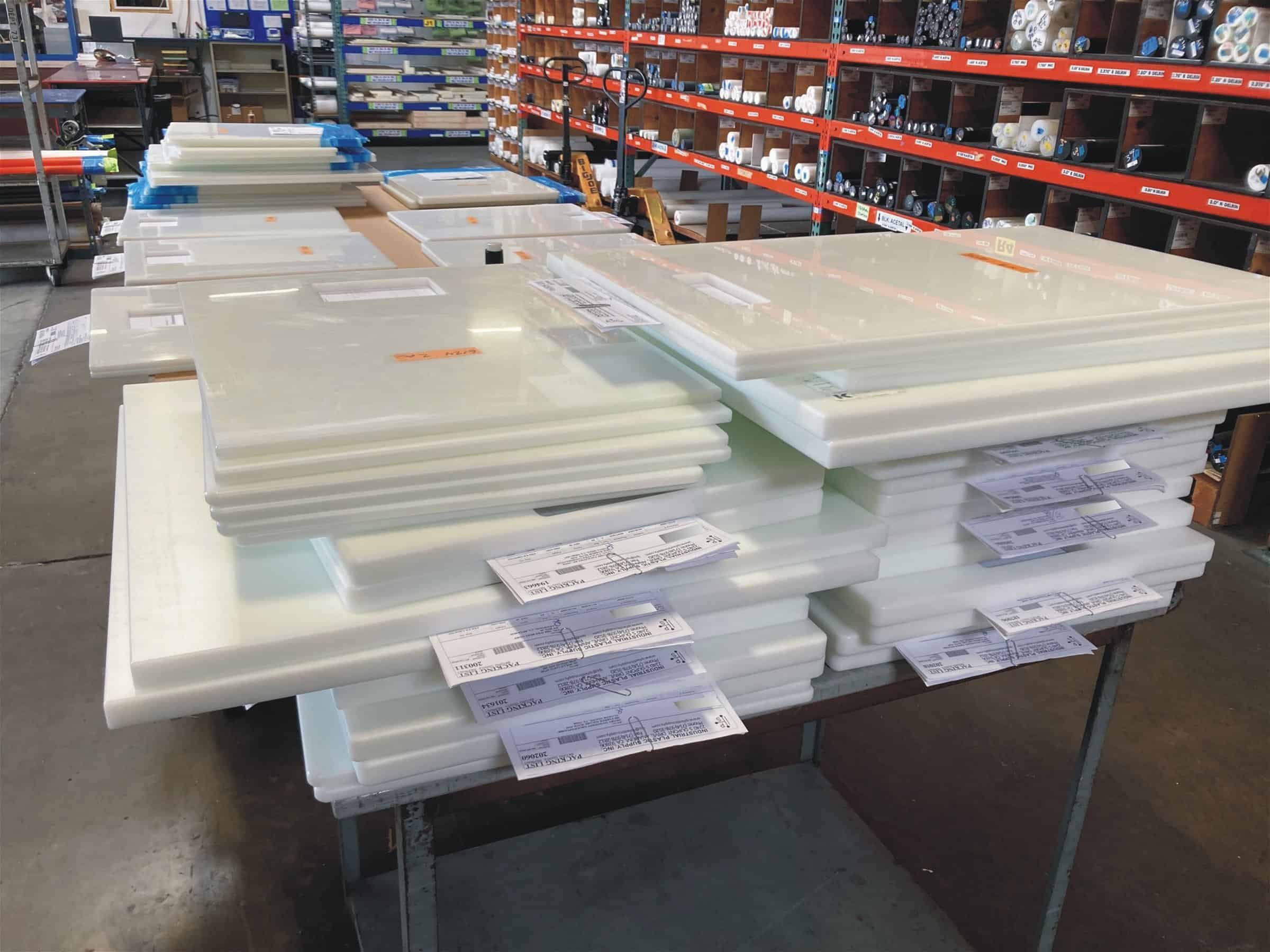
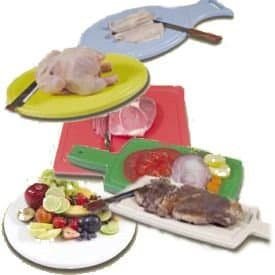
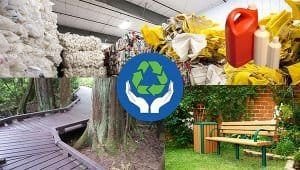 and has great durability that can be suitable for a number of applications. From the food industry to automotive, the kitchen or the warehouse, whatever your Polyethylene needs are; High Density, Low Density or UHMW, Polyethylene is a great choice.
and has great durability that can be suitable for a number of applications. From the food industry to automotive, the kitchen or the warehouse, whatever your Polyethylene needs are; High Density, Low Density or UHMW, Polyethylene is a great choice.